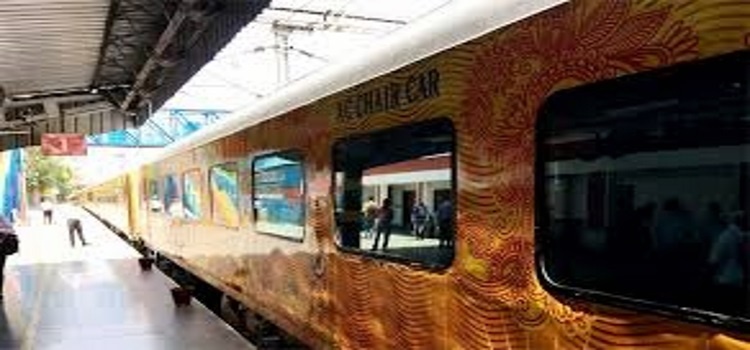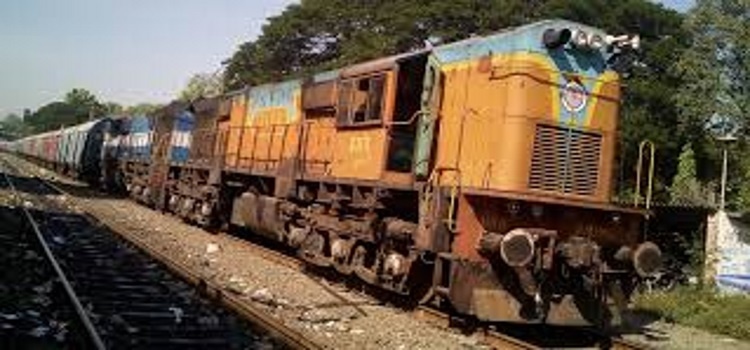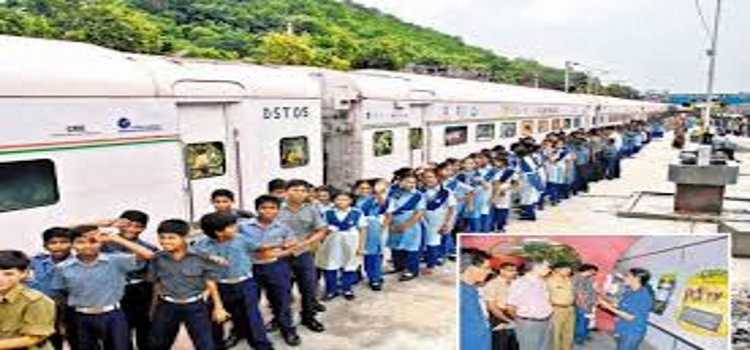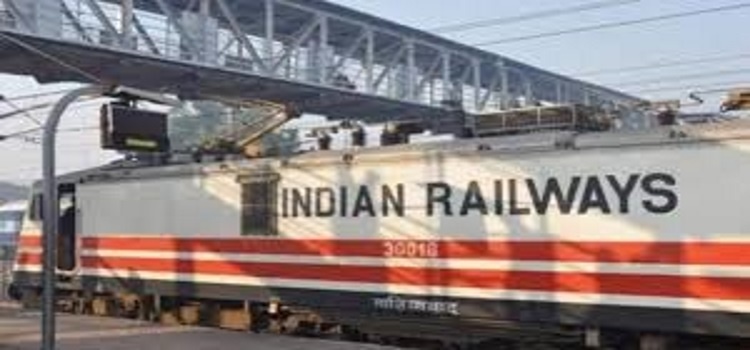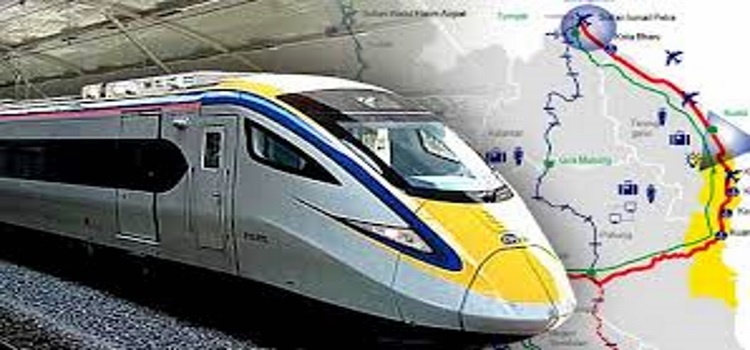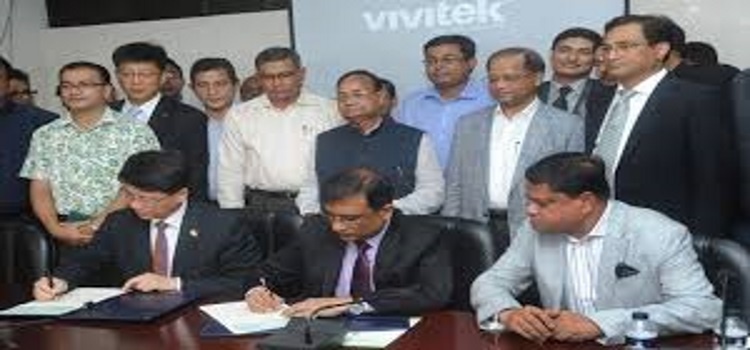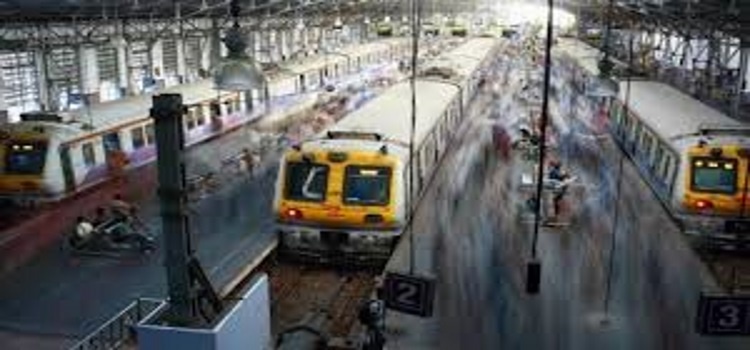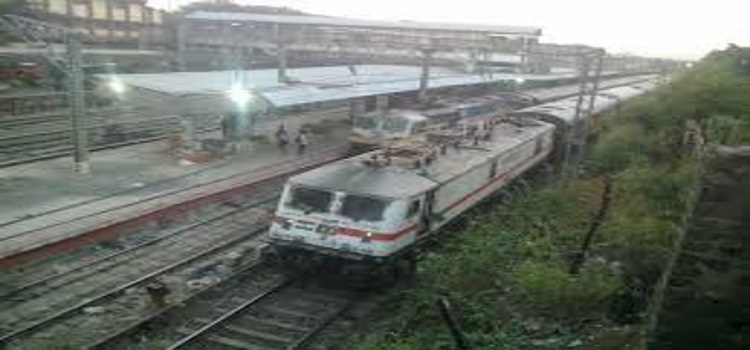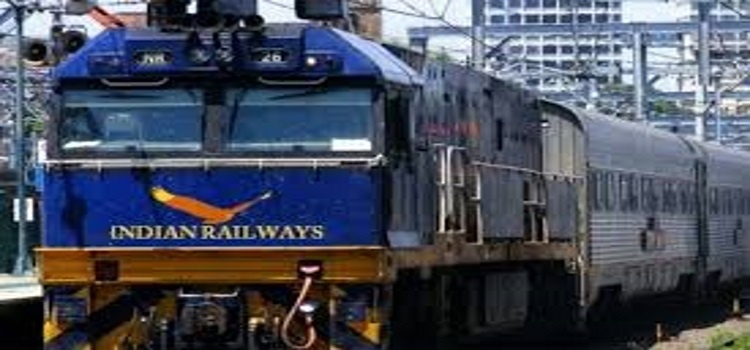
Global railway and transport unions today cautioned against partial or complete privatisation of the Indian Railways, adding that it could be “damaging” for the country. At a meeting of the International Transport Workers Federation (ITF) here, representatives of international railway and transport unions raised concerns over the Indian government’s attempts to privatise railways. Mick Whelan, representing Britain’s trade union for train drivers, said the British Railways had been privatised in a number of areas through a private-public partnership (PPP)model.
“The revenue targets set 15 years ago are still to be met. Instead there has been a dip in the quality of amenities and service. So, no one has benefited from the exercise,” Whelan said opposing any kind of privatisation in the sector. Railway Board chairman Ashwani Lohani, who was also present in the meeting, assured the unions that there was no move to privatise the national transporter and it would remain in the public sector, representatives of the Indian railway unions at the meeting claimed.
Lohani, however, said the railways was looking at foreign investment in areas like technological upgradation and modernisation, adding that primarily railways will remain a state transporter, a representative of All India Railwaymen’s Federation (AIRF) told PTI. Speaking about Argentina where the entire public services was privatised between 1958-1989, Julio Adolfo Sosa, president, Argentinian Railway Workers Union, said its effects had been disastrous.
“While in 1958 in Argentina, 100 per cent of freight was carried by railways and the railway line was more than 7,000 km long. Now only 820 km is left. The private players never bothered to maintain the tracks. Today, running lines exist only in the big cities in the country. But, now, it has again being taken over by the government and the rebuilding has begun,” she said.
AIRF General Secretary Shiv Gopal Mishra said global experience has shown that privatisation has harmed both consumers and railway workers, without much benefits to even private players. S N Malik of National Federation of Indian Railwaymen said, “The government is forcing us to go on strike. Young railway employees are coming out to protest against the new pension policy and the PPP model”.
The International Transport Workers Federation (ITF), comprising representatives of global transport organisations from 147 countries, has also formed a committee to work on a detailed report on privatisation of transport sector and its effects. The report will be submitted at a global conference in October, 2018 in Singapore.

